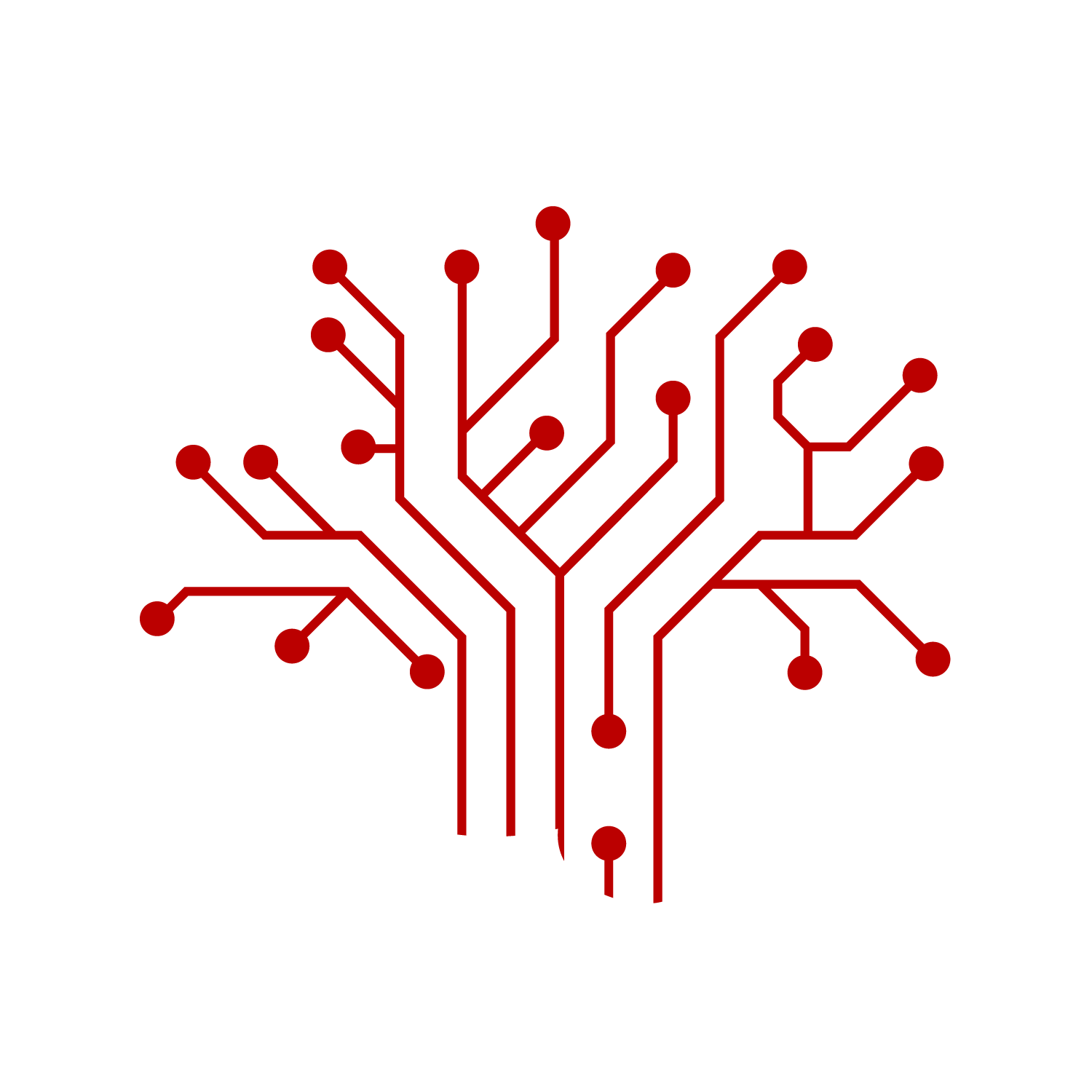Researchers Find Changes in Pathway Strength for Parkinson's Disease Models
By Kirsten Heuring
Media Inquiries- Interim Director of Communications, MCS
- 412-268-9982
An interdisciplinary team of scientists has found changes in the strength of neural pathways in an area of the brain involved in reward processing and movement coordination when someone has Parkinson's disease.
Researchers at Carnegie Mellon University and the University of Pittsburgh have found that dopamine depletion, which occurs during Parkinson's disease disrupts the normal balance of motor pathways in the basal ganglia.
Aryn Gittis, professor of biological sciences and the Neuroscience Institute at Carnegie Mellon, and her lab investigate how neural circuits are organized and function to shape movement in health and disease, particularly in Parkinson's disease, a neurodegenerative disease characterized by tremors and slower movement. Asier Aristieta, a former postdoctoral associate in her lab, led the research and served as first author on "Dopamine Depletion Weakens Direct Pathway Modulation of SNr Neurons," which was published in Neurobiology of Disease.
The substantia nigra reticulata (SNr) is a part of the basal ganglia that controls movement. During Parkinson's disease, there is an increase in SNr activity, leading to the motor impairments that patients experience.
Two neural circuits in the basal ganglia control activity in the SNr: one from D1 neurons in the striatum, which is implicated in increasing movement as well as motor and reward systems, and one from the external globus pallidus (GPe), which is implicated in reducing movement.
"There are two different motor pathways that come together at the SNr, and we were looking at how either one of those input channels affect SNr output," Gittis said. "We found that the relative strength of the two motor pathways switches in Parkinson's disease. This could be a mechanism by which patients become more immobile in Parkinson's disease."
The researchers found that the D1 pathway is weakened by the loss of dopamine. This makes it harder for Parkinson's patients to initiate movement.
"It has long been believed that the changes in the brain associated with Parkinson's disease, notably the loss of the neurotransmitter dopamine, result in changes in the activity of the input structure of the basal ganglia," said Jonathan Rubin, professor of mathematics at the University of Pittsburgh. "But it's the output structures of the basal ganglia that influence the rest of the brain. We discovered and quantified a change in how signals from upstream impact basal ganglia output neurons, which could translate into changes in movement or behavior."
Gittis and Rubin are longtime collaborators who have conducted research since Gittis came to Carnegie Mellon. For this project, Gittis used healthy and Parkinson's disease mouse models to measure responses from the pathways, and Rubin used mathematical models to analyze the results.
"It was a true collaboration," Gittis said. "It helped us think a little more outside the box, and it allowed us to look at the entirety of the data."
For future directions, Gittis and Rubin plan to focus on those pathways to see how they respond during natural behavior. They received a Collaborative Research in Computational Neuroscience Grant from the National Science Foundation and the National Institutes of Health (NIH) to further their work and their collaboration.
"In future work, we want to leverage these results, in the setting of a mathematical model, to figure out why the described changes occur," Rubin said. "Another direction — pioneered by the Gittis lab — will be to continue to work to find and understand ways that targeted, brief interventions in these pathways can lead to long-lasting changes in activity, which could be really useful for medical treatments."
Aristieta, Gittis and Rubin were joined by John E. Parker, a postdoctoral associate in mathematical sciences at the University of Pittsburgh, and Ya Emma Gao, a graduate student in the Neuroscience Institute. Their work was funded through multiple NIH grants.

